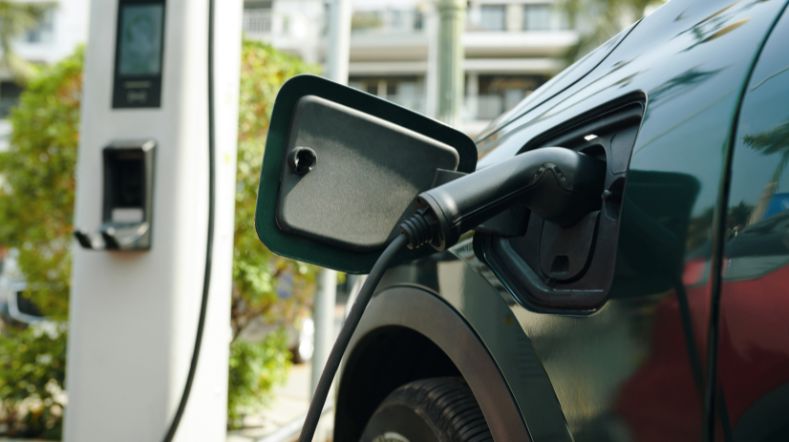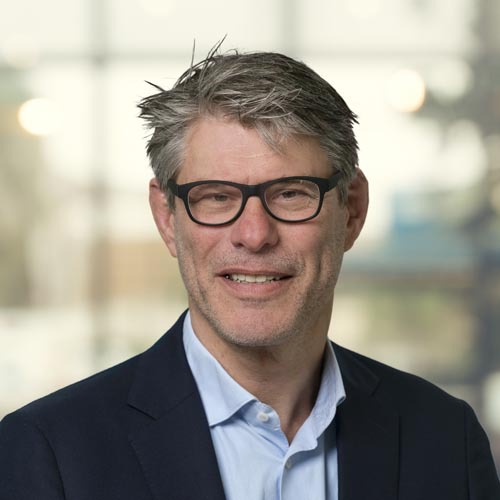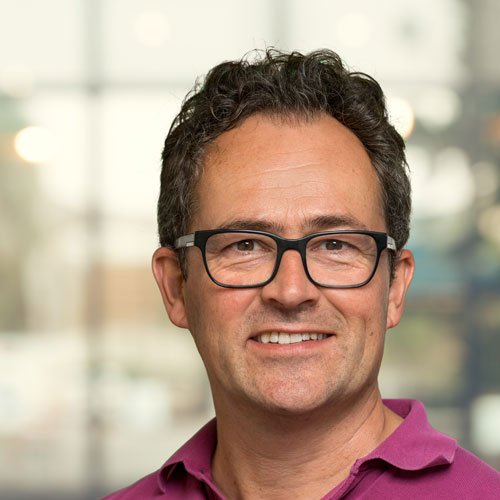
Heat system integration: aligning all the pieces
The heat transition – moving away from natural gas towards sustainable heat sources – has far-reaching technical and societal implications. There is no one-size-fits-all solution. Every neighbourhood requires a tailored approach, where all components of the energy system must be carefully aligned. This calls for an integrated strategy that addresses both technical challenges and policy issues. TNO offers such an approach.
A complex landscape with diverse stakeholders
Developing heat networks involves many stakeholders, each with their own interests and responsibilities. Municipalities draft heat visions and neighbourhood plans, housing associations work to make their housing stock more sustainable, and grid operators manage existing infrastructure. These parties must collaborate locally while also considering regional developments.
'That’s why it’s important for municipalities to deliver heat programmes that show how their plans align with regional heat strategies,' says Maarten Bijl, Business Developer Production Optimisation at TNO. 'This leads to better outcomes.'
Think of large-scale heat sources like geothermal energy, industrial waste heat, or aquathermal energy. Or the interaction with the electricity grid, where heat pumps and power-to-heat systems can either relieve or increase pressure on the heat network.
Making agreements about sources, infrastructure, and cost-sharing becomes a complex puzzle. TNO supports all stakeholders with innovative methods and tools for planning and designing new solutions.
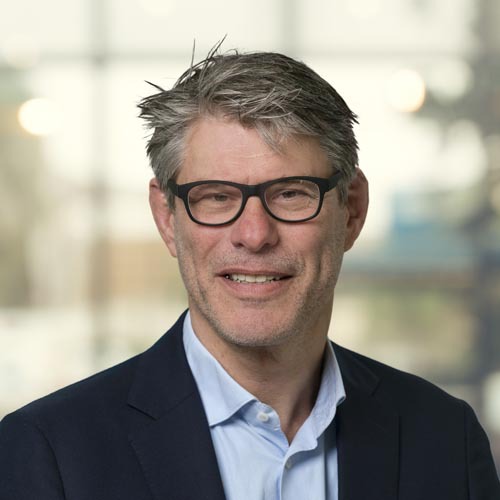
'Municipalities must deliver heat programmes that demonstrate how their plans are aligned with regional heat strategies in order to achieve the best possible outcomes.'
Heat and cooling: a two-sided future
Climate change adds another layer of complexity. Martijn Clarijs, Senior Business Consultant Sustainable Energy at TNO, explains: 'Recent research shows that in the second half of this century, cooling demand in the Netherlands will likely surpass heating demand. While we currently focus on heating, future solutions must also provide cooling.
This means we need systems that are flexible enough to deliver both heat and cooling, depending on the season and demand. TNO is already working on this, for example by developing smart energy networks and using models like Hestia to map the effects of policy choices.'
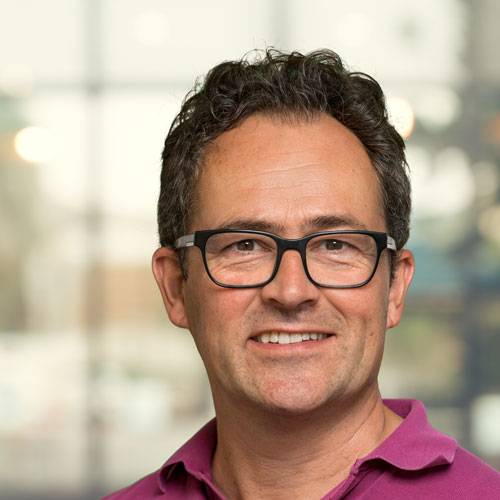
'In the second half of this century, the demand for cooling in the Netherlands is likely to surpass the demand for heating. It’s something we need to start preparing for now.'
From isolated systems to a connected ecosystem
The coordination between parties and systems in the Netherlands can be significantly improved. Heat networks are often developed as local solutions, with little or no coordination with neighbouring municipalities or regions. This leads to missed opportunities, unnecessary costs, and delays.
For example, one municipality may waste residual heat while the next invests in expensive new sources. Several key issues require attention:
1. Untapped flexibility
There is often a mismatch between when renewable energy is available (sunny and windy days) and when heat is needed. Flexible heat networks can address this by using power-to-heat and storing heat for later use (seasonal storage).
2. Missed sector coupling
Heat networks can help relieve pressure on the electricity grid by storing or supplying heat at strategic times. This cross-sector integration is still underutilised in planning and design.
3. Lack of standardisation
Each municipality uses its own data, calculation methods, and assumptions. A shared ‘language’ for the heat transition is missing. There is a need for a national catalogue of heat metrics covering technology, economics, and sustainability, as well as open calculation models to promote transparency and collaboration.
'We also see a trend towards smaller-scale thinking. In some cases, it’s possible to provide both heat and cooling using a local source,' adds Martijn Clarijs.
System integration: planning and designing energy systems
Municipalities must develop heat programmes that weigh various sustainable heating options. Since energy infrastructure is built for the long term, thorough analysis of future scenarios is essential.
At TNO, we apply three principles for successful system integration:
1. Integrated design in the local context
We consider the entire chain – from source to user, from hourly to seasonal demand, from neighbourhood to region. Factors like soil type, distance between areas, and demand size all influence the technical and financial feasibility of solutions.
2. Dynamic modelling
Demand and supply fluctuate by hour, day, and season. By incorporating this dynamic and exploring future scenarios, we can design cost-effective systems that ensure affordability for end users.
3. Collaborative decision-making
We bring stakeholders together around open data and transparent calculations. Using ESDL (Energy System Description Language) as a common language, all parties can collaborate effectively through standardised workflows.
The open work platform
Martijn continues: 'At the heart of our approach is an open digital work platform – the Design Toolkit – where partners across the energy chain collaborate on the design of heat systems. We use transparent data, unlike static reports with hidden assumptions.'
This open-source platform enables users to:
- Develop and update current plans
- Simulate scenarios under changing conditions
- Coordinate plans with neighbouring municipalities and regional developments
- Make underlying assumptions visible to all stakeholders
'In Rijswijk, for example, the platform was used to design a collective heat system for multiple neighbourhoods. By combining various sources, incorporating heat storage, and considering both design and usage, a smart system was created. The result: lower investments, reduced operational costs, and a more affordable solution for residents.'
Accelerating the heat transition together
System integration delivers tangible benefits:
- Cost reduction through optimal use of available sources
- Faster design phase thanks to better coordination
- Future-proofing by addressing both heating and cooling
- Grid-aware design through smart coupling with electricity systems
'We work with municipalities on heat programmes, with regional authorities on regional heat networks, and with grid operators on infrastructure integration,' says Maarten Bijl.
'We also collaborate with heat companies on combining multiple sources and with technology providers on standardisation. We’re actively looking for frontrunners and innovative partners to join us in demonstration projects and further tool development.'
Go ahead with system integration
More information about the different aspects of the heat transition?
Get inspired
The energy system of the future


Grid congestion
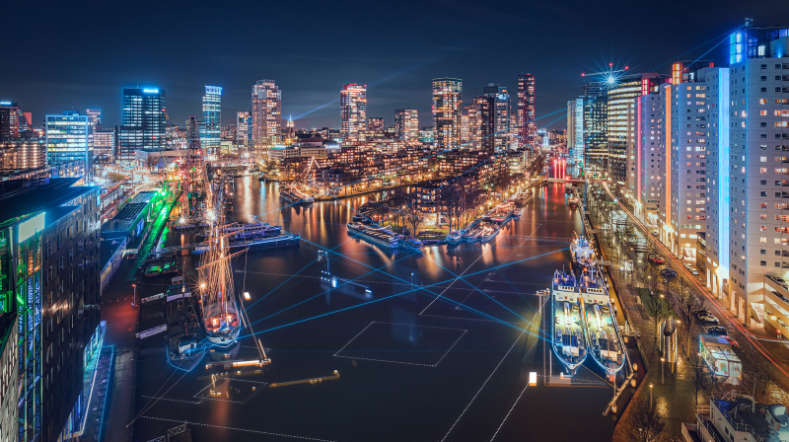

TNO–SodM–NIOZ: ‘Methane emissions in the North Sea often linked to shallow natural gas’


Smart networks for a future-proof energy system
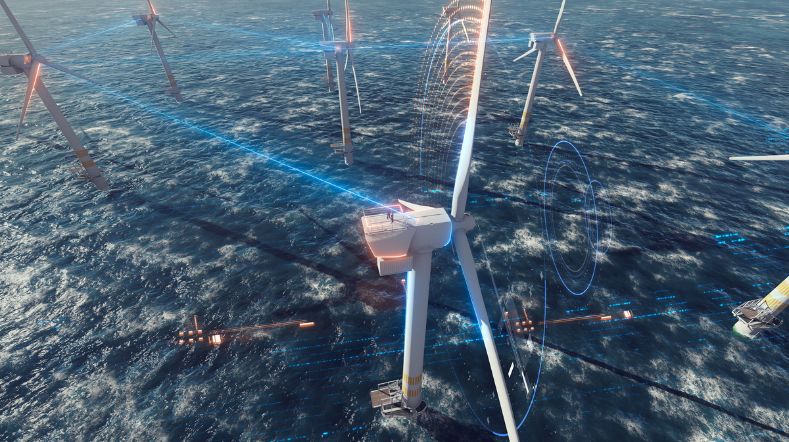

Queue on the power grid could slow down the mobility transition
